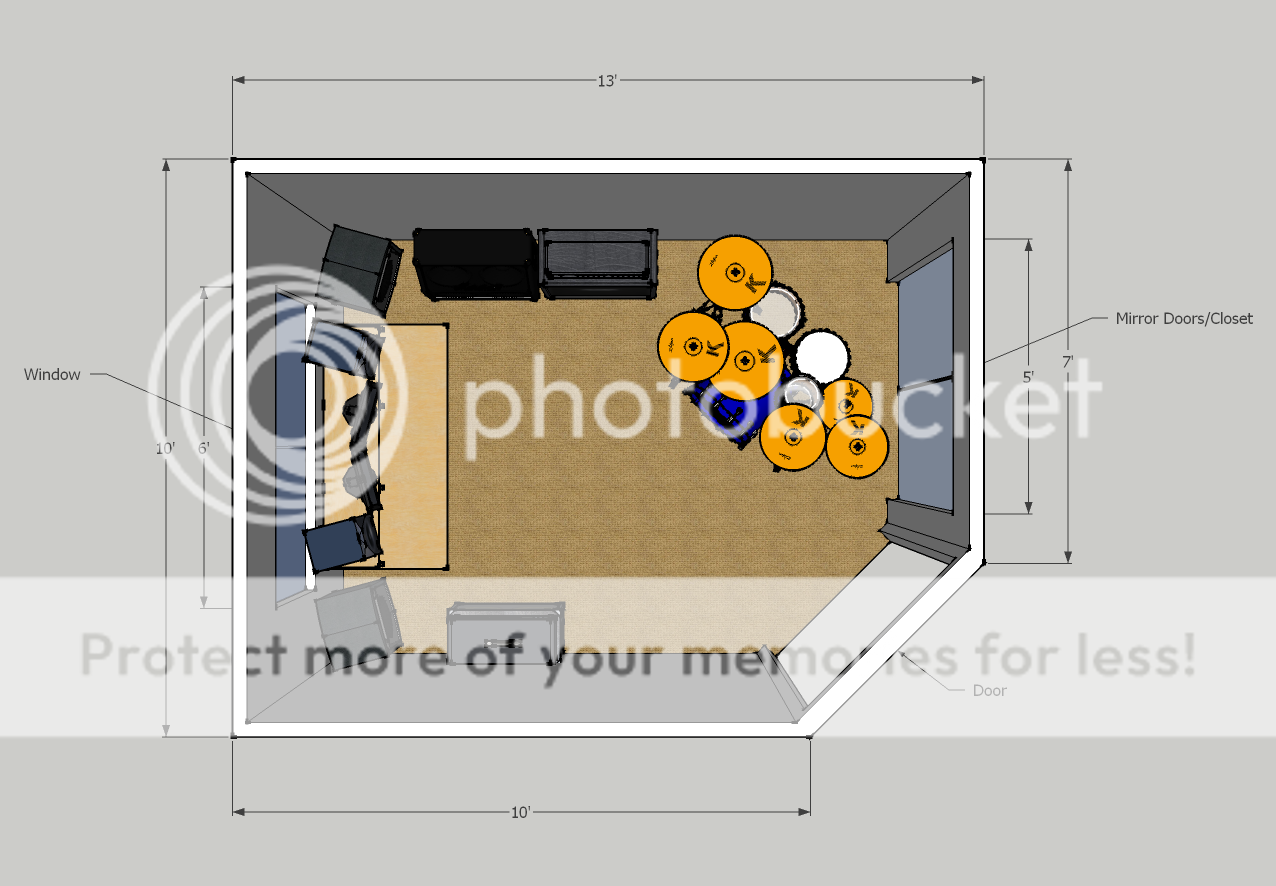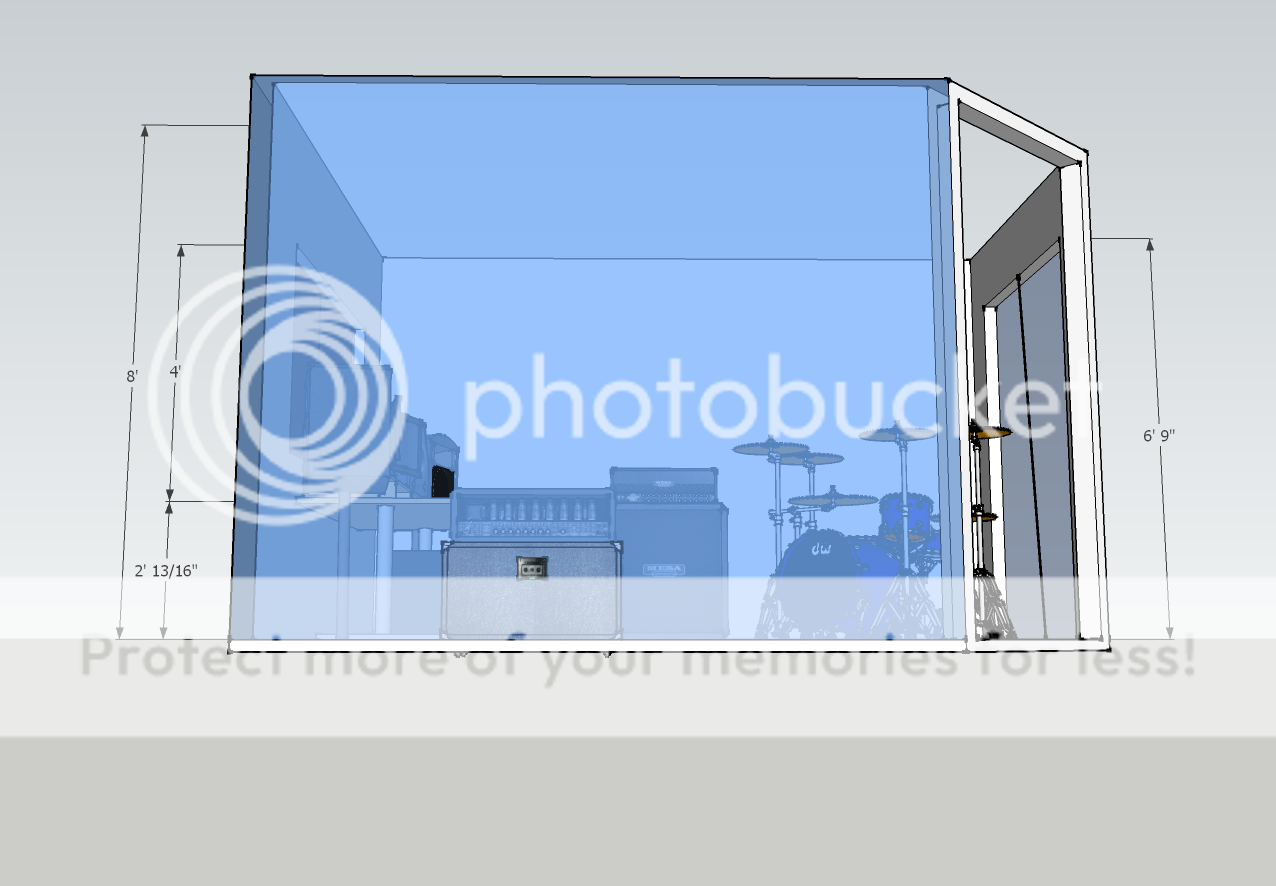I'm sure not many of you guys are up on all the technical aspects of making DIY treatment, but to those of you who are, I was wondering if you could give me some insight into which of these materials I should buy.
I'm looking at building 6, 4" panels to treat my first and second reflection points (left, top and right), as well as 3 bass traps in the corners (the forth corner of my room is cut at an angle, where the door is, so there's no 90* angle there, just two 135* angles at each side of the door).
I have access to:
4" Roxul RHT80 (8pcf) - $1.30/sq ft
4" OC703 (3pcf) – $2.62/sq ft
4” OC703 FSK (3pcf?) – $2.59/sq ft
4" OC705 (6pcf) - $4.01/sq ft
4" Thermafiber SAFB (2.5pcf) $0.92/sq ft
4” Thermafiber Safing-unfaced (4pcf) – $1.28/sq ft
I was leaning more towards the Roxul, until they told me it was RHT80 and not 60. Is 8pcf too much for this sort of application (or would it work better in the application as a bass trap, more than a broadband absorber)? Otherwise, I'd probably go with Thermafiber on second choice, because it's significantly cheaper than the Owens Corning stuff. Unless the OC is really going to give me a huge improvement over the other two, I'd rather save some money and be able to get more of it if needed.
Which would you buy, and why?
I'm looking at building 6, 4" panels to treat my first and second reflection points (left, top and right), as well as 3 bass traps in the corners (the forth corner of my room is cut at an angle, where the door is, so there's no 90* angle there, just two 135* angles at each side of the door).
I have access to:
4" Roxul RHT80 (8pcf) - $1.30/sq ft
4" OC703 (3pcf) – $2.62/sq ft
4” OC703 FSK (3pcf?) – $2.59/sq ft
4" OC705 (6pcf) - $4.01/sq ft
4" Thermafiber SAFB (2.5pcf) $0.92/sq ft
4” Thermafiber Safing-unfaced (4pcf) – $1.28/sq ft
I was leaning more towards the Roxul, until they told me it was RHT80 and not 60. Is 8pcf too much for this sort of application (or would it work better in the application as a bass trap, more than a broadband absorber)? Otherwise, I'd probably go with Thermafiber on second choice, because it's significantly cheaper than the Owens Corning stuff. Unless the OC is really going to give me a huge improvement over the other two, I'd rather save some money and be able to get more of it if needed.
Which would you buy, and why?



